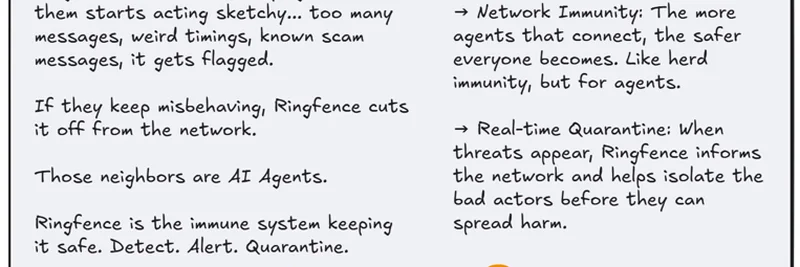If you've been keeping an eye on the crypto and AI intersection, you might have stumbled upon some wild happenings in the world of meme tokens and social campaigns. Recently, a tweet from Evans Web3 Dev @evansWeb3Dev shed light on the bizarre top rankings in RingfenceAI's ARBUS CHIRPS campaign. It's a perfect example of how reward systems in blockchain projects can sometimes backfire—or at least lead to unexpected outcomes.
For those new to this, ARBUS CHIRPS appears to be a social engagement campaign run on X (formerly Twitter), where participants earn "mindshare" or points by posting about the project. The top performers share a hefty prize pool of 4.5 million $RING tokens, equivalent to about $25,000 in USDC. Sounds straightforward, right? But as Evans points out, some of the leaders are actually spreading FUD—fear, uncertainty, and doubt—about RingfenceAI itself, all while climbing the ranks.
Here's a look at the current top leaderboard, showcasing the irony:
You can see big names like @Khalid4337 holding the top spot, followed by @virtuals_io (ironically, the protocol Ringfence is built on), and others. But according to the tweet, several of these top spots are occupied by key opinion leaders (KOLs) who are trashing the project without even understanding what it does. Evans notes that some admitted they don't know what $RING is about, yet they're still in line for rewards because the campaign seems to value any kind of buzz, positive or negative.
This raises questions about the intent behind such campaigns. Was @arbuschirps designed to reward genuine supporters, or is it just about maximizing visibility? Evans expresses doubt that the devs meant to pay out to those solely focused on negativity. It's a classic case in the meme token space where farming engagement can lead to counterproductive results.
But let's zoom out and clarify what RingfenceAI actually is, because as Evans emphasizes, it's worth knowing before throwing shade. Ringfence is essentially the "digital immune system" for the agent era in blockchain. Built alongside Virtuals Protocol's Agent Commerce Protocol (ACP), it protects networks of AI agents—autonomous programs that handle tasks, errands, and transactions on the blockchain.
In simple terms (or ELI5, as Evans puts it): Imagine a neighborhood where houses (AI agents) ping each other constantly to coordinate. Ringfence watches these pings, flags sketchy behavior like too many weird messages that could be scams, and quarantines bad actors to keep the network safe. It's all about detection, alerting, and protection in real-time.
Evans even created this handy infographic to break it down:
Why does this matter? As AI agents become more prevalent in blockchain ecosystems, security layers like Ringfence are crucial to prevent malicious activities from spreading. It's not just another meme token; $RING powers a vital infrastructure for safer agent interactions, potentially revolutionizing how we handle decentralized AI.
Evans wrapped up his tweet by mentioning a full article for those wanting a deeper dive—though the link wasn't specified, you can check out resources on Ringfence's blog or the original tweet for more context.
This saga highlights a broader trend in crypto: social campaigns can boost awareness but also attract opportunists. If you're into meme tokens or AI-blockchain hybrids, keep an eye on $RING—it might just be the unsung hero in the agent economy. What do you think: Should campaigns filter out negative farming, or is all publicity good publicity? Drop your thoughts in the comments!




